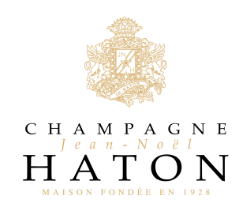Haton tends 60 hectares of vines (including 45 hectares of its own), mainly spread over six villages in the Vallée de la Marne: Damery, Hautvillers (Premier Cru), Cumières (Premier Cru), Boursault, Fleury la Rivière, Vauciennes, and Cuchery. Through subtle variations in geology, climate and relief, Champagne has a multitude of micro-terroirs, each ideal for one its individual grape varieties. In a drive to produce a more complete range of crus and compose its cuvées, Haton has forged strong partnerships with winegrowers from other parts of Champagne. As a result, it can include grape variety blends and grapes from other parcels, where each one expresses its typical features to the best of its ability.
Spotlighting
terroir
MAP OF HATON
TERROIRS
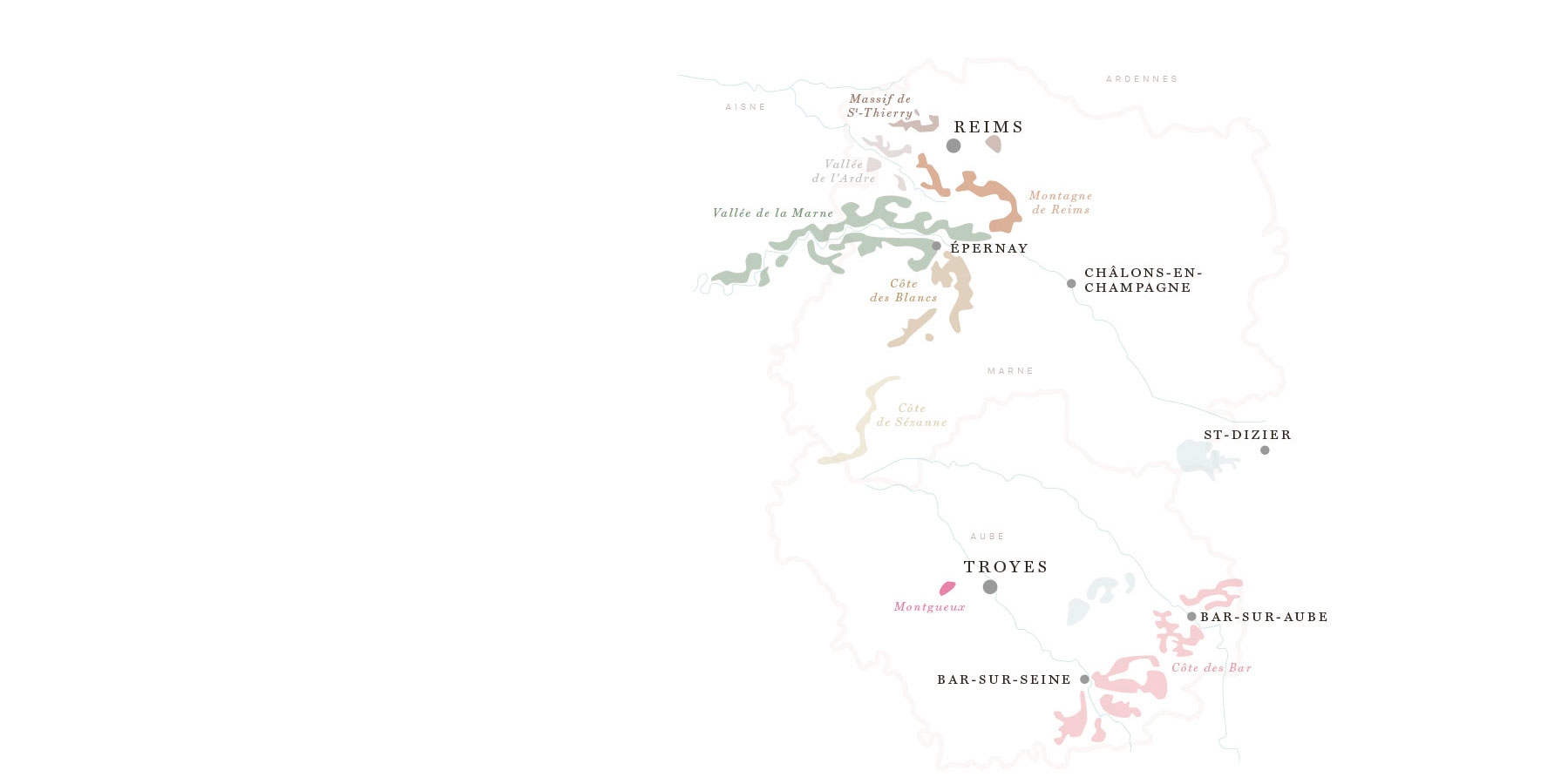
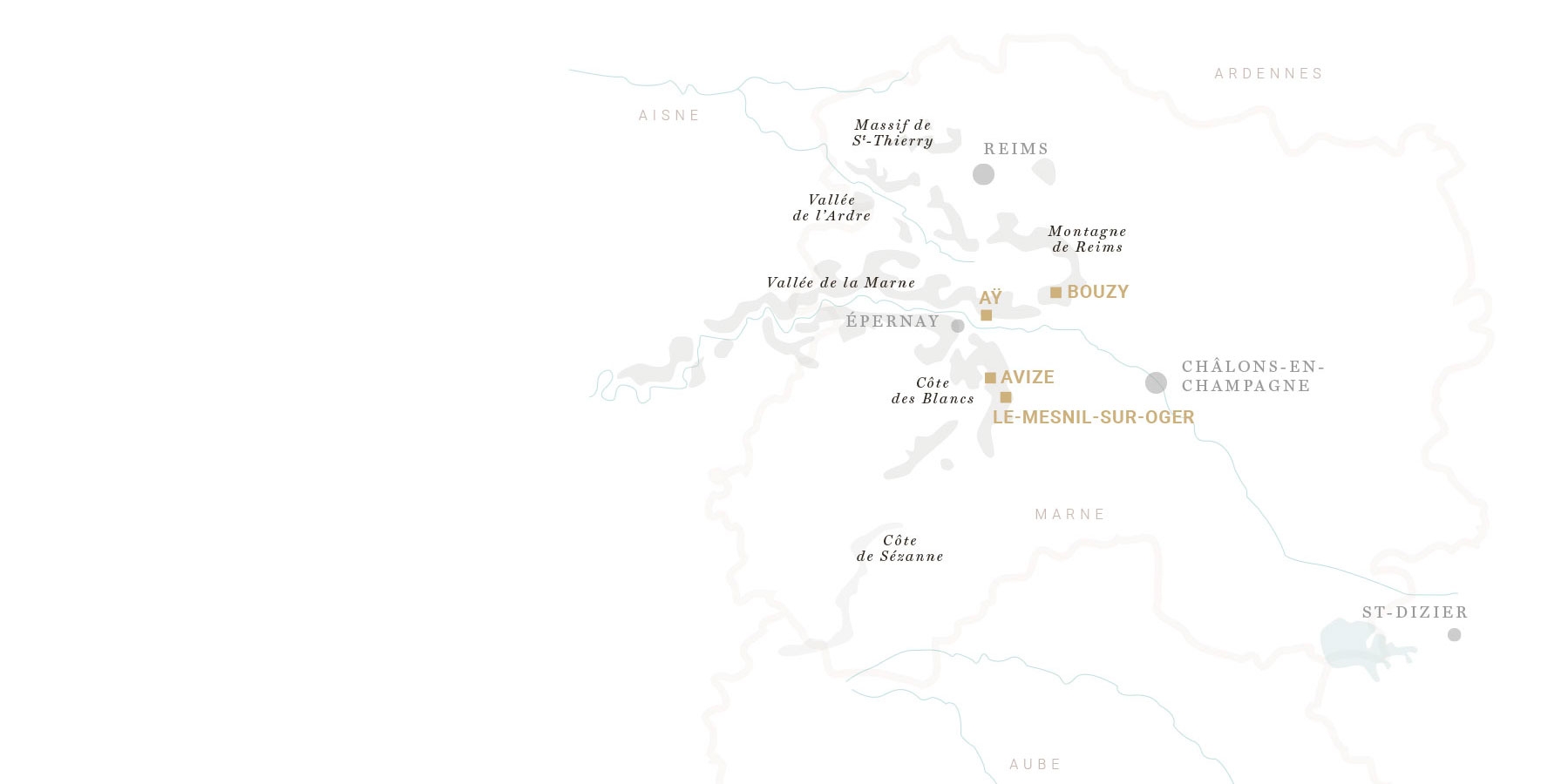
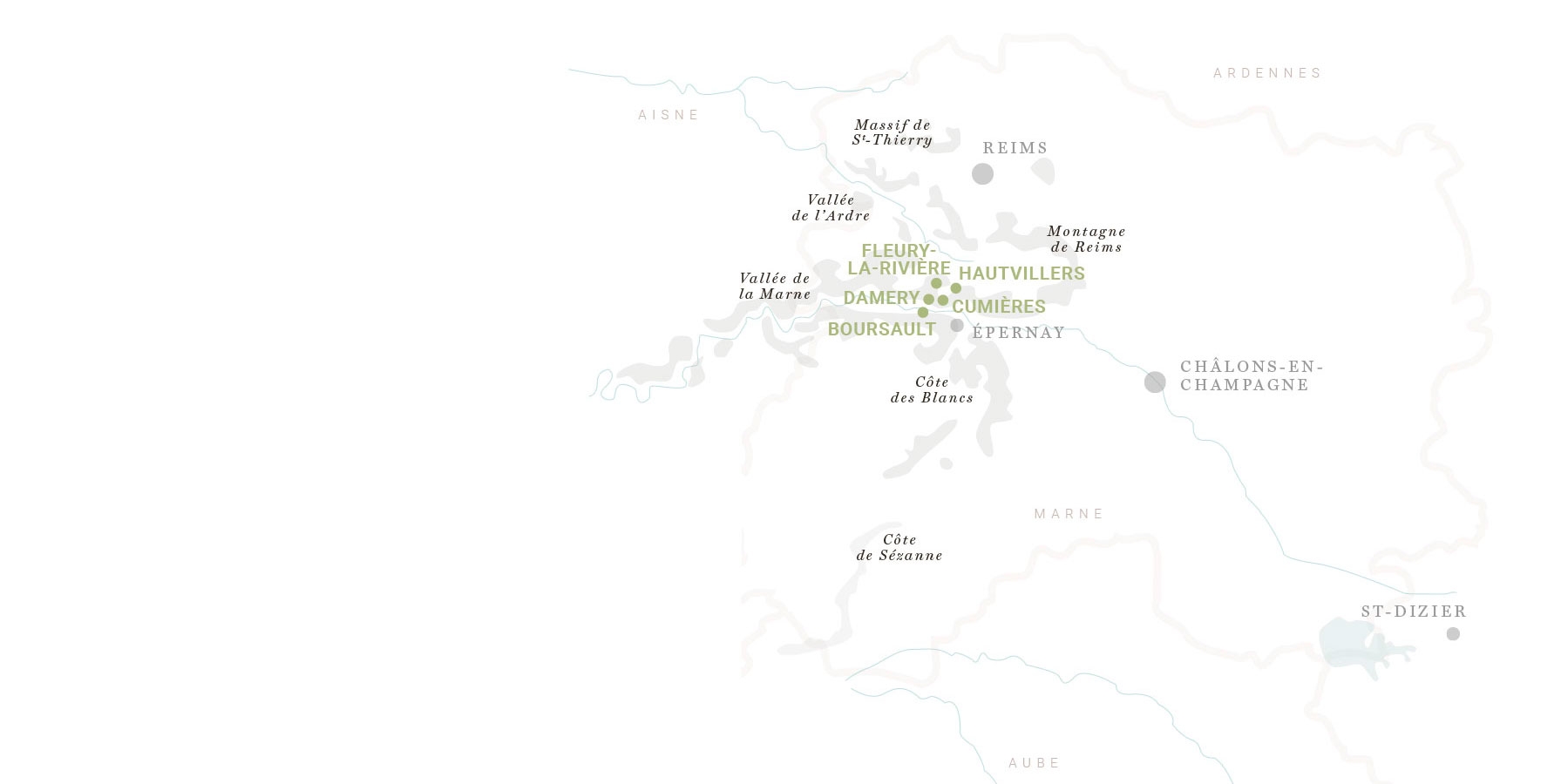
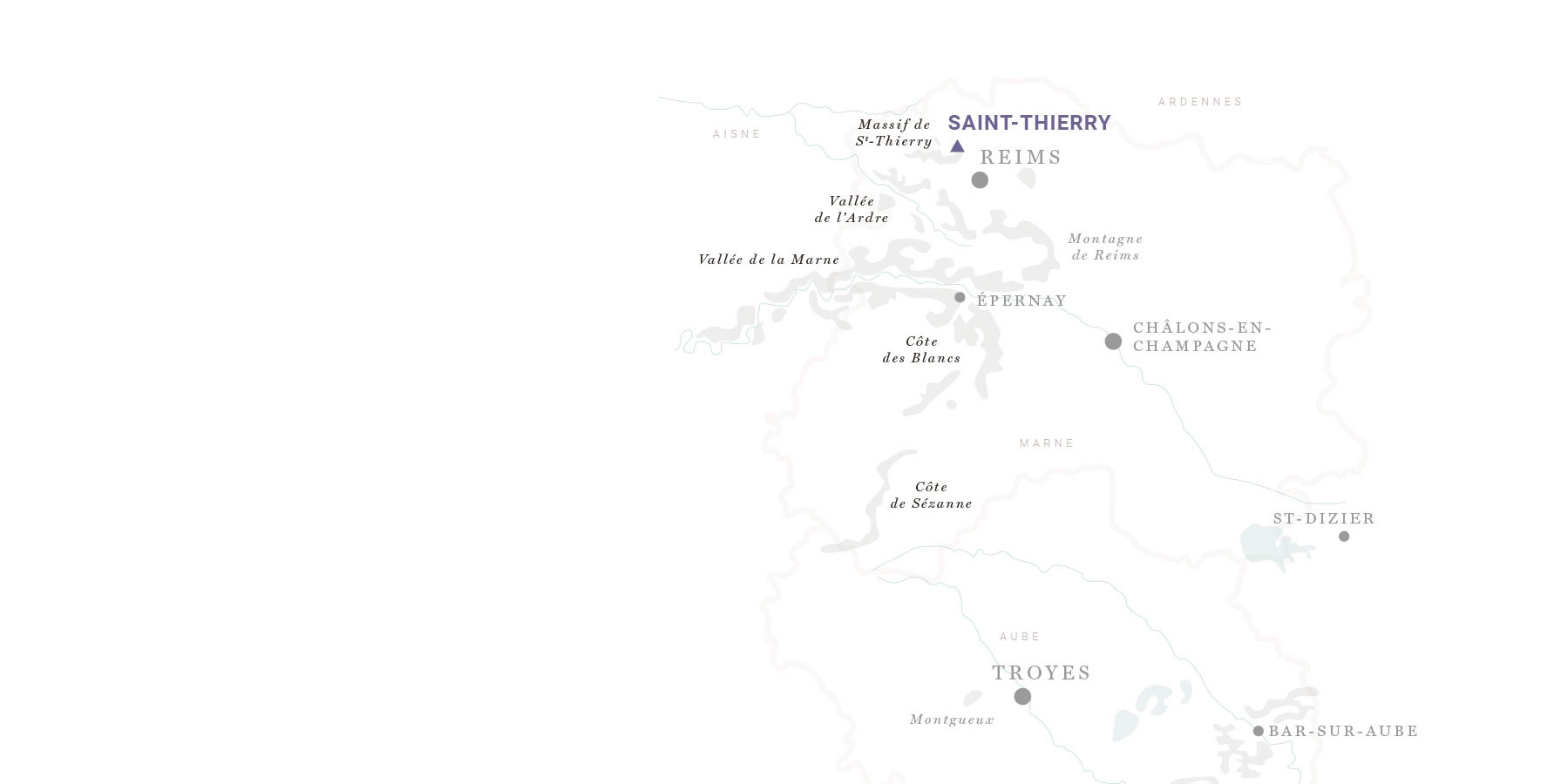
The Chardonnay from saint Thierry
Grape variety : Chardonnay
Exposure : East / South-East / South
Slope : Low
Soil :
Campanian chalk, calcareous sandstone of the middle Thanitian, marine sands and calcareous marls of the Lutein
Specifications :
Chardonnay expresses iodized, fresh and acidic tones, or more fleshy, white fruits with pips
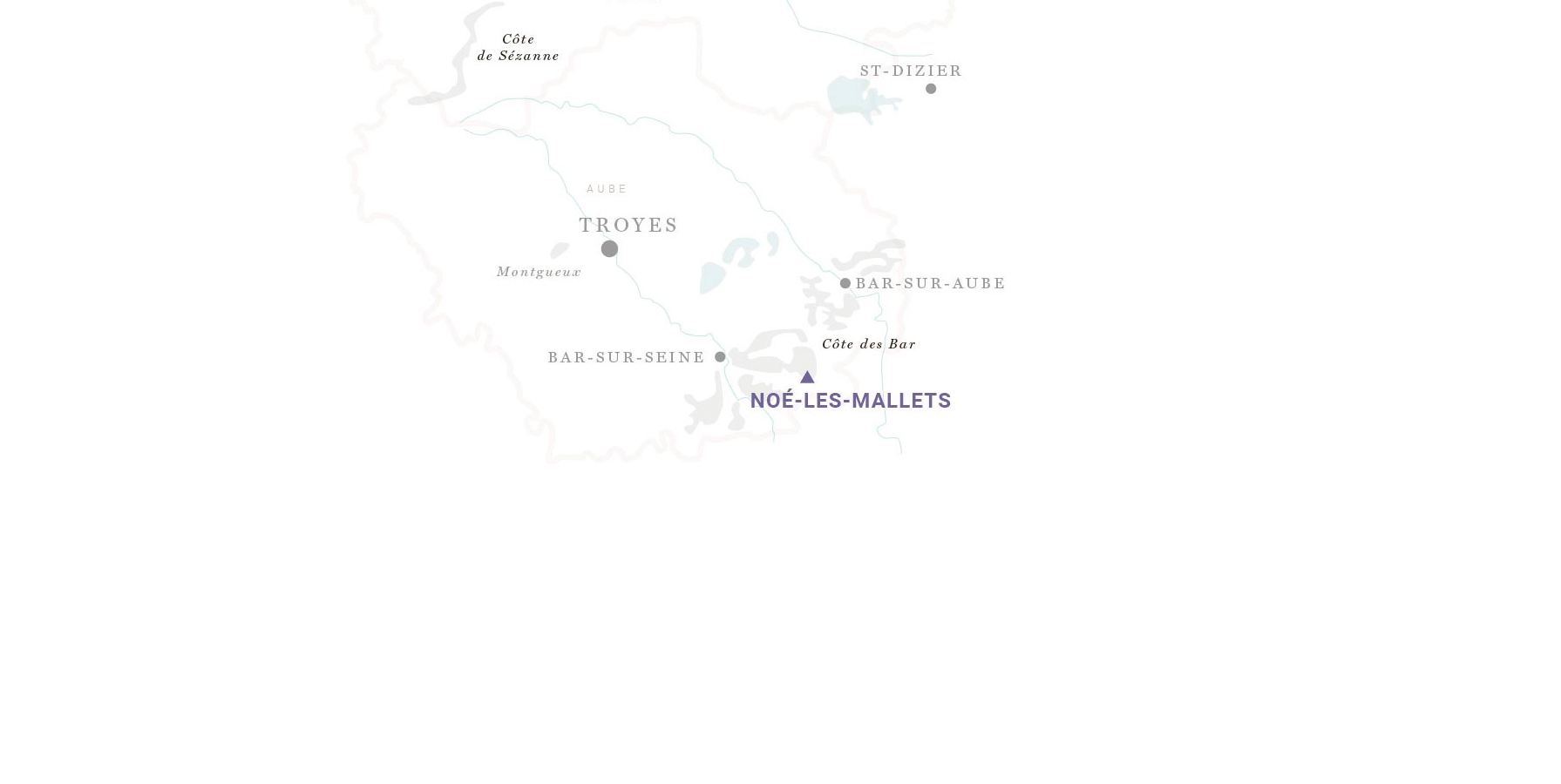
The Pinot Noir from Noé-les-Mallets
Grape variety : Pinot noir
Exposure : North / South
Slope : Medium to steep
Soil :
Grey marl and marly limestone of the Kimmeridgian, hard limestone of the Portlandian
Specifications :
Pinot Noir expresses notes of ripe red and black fruits, aromas of honeysuckle, cookies, honey and apricot.
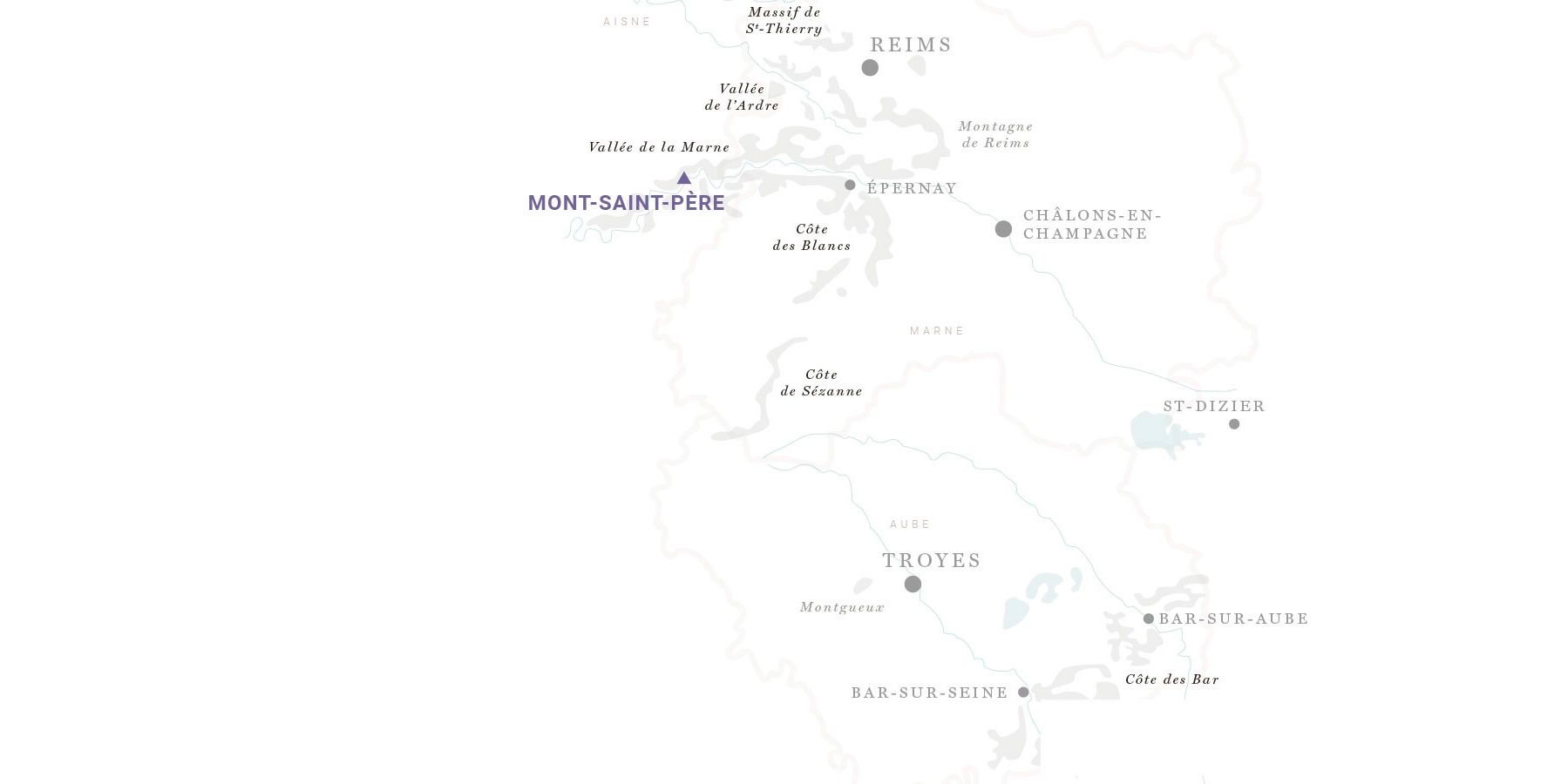
The Pinot Meunier from Mont-Saint-Père
Grape variety : Pinot Meunier
Exposure : North / South / South-East
Slope : Low to steep
Soil :
Marine fluvial clays and sands of the Ypresian, limestones of the Lutetian and Bartonian.
Specifications :
The pinot meunier is greedy, aromas of mirabelle plum, sweet almond, also more exotic, orange, pineapple, passion fruit
The terroirs (filters)
The terroirs Grand Cru of the Extra range
Historical terroirs
Unique terroirs
- The Chardonnay from saint Thierry
- The Pinot Noir from Noé-les-Mallets
- The Pinot Meunier from Mont-Saint-Père
The house
Champagne Jean-Noel Haton
5 Rue Jean Mermoz, 51480 Damery
Champagne,
with a multitude
of micro-terroirs
and grape varieties
The terroirs of the villages Berru and Bassuet, with subsoil made up of chalk gravel, are more suited to Chardonnay and create full, powerful whites. The Côte des Blancs and its Grand Cru villages of Cramant and Oger contribute Chardonnays loaded with freshness and minerality.
Jean-Noël and Sébastien Haton
have a ‘reasoned’ approach
to their profession as winegrowers.
They pay as much attention to the work upstream in the vineyard as to the work they do in the cellar. In the vineyard, this involves respecting the soil and controlling yields. During the harvest, the team does its best to pick grapes of optimal quality and ripeness.
PRODUCTION
SECRETS
Techniques are precise,
the details controlled,
the choices determined
Winemaking is the outcome following a series of precise techniques, small details that make big differences. The Haton signature is its mastery of detail, in particular winemaking choices that go into creating extraordinary champagnes.
During blending, Sébastien juggles with and composes his wines using characteristics from various years, so that each cuvée, whether a vintage or not, retains the Haton style. As he vinifies by parcel, isolating crus and grape varieties, he holds a full hand of cards during the blending process, and can allow his imagination and talent run free.
Patience is a virtue,
time brings rewards.
While mastering the art of blending is essential in Champagne, at Haton the team applies the same rule to the art of patience, the art of time. Time for the aromas settle in and express themselves, time to allow the effervescence to mature. In search of the perfect balance, Jean-Noël and Sébastien place particular importance on mastering their wines’ ageing process. They leave their bottles to rest for between 2 and 8 years in the cellar, depending on the cuvée.








